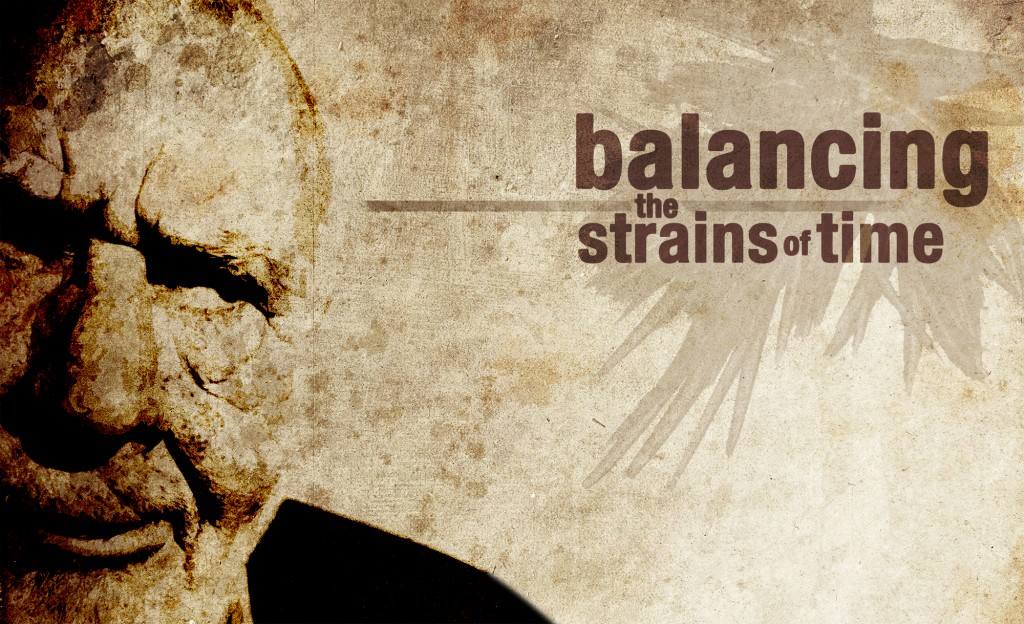Balancing the Strains of Time
Canada’s Prospects for its Greying Workforce
Saif Qureshi, Section Editor
Ryan Trinidad, Art Director
There is a change that is occurring in our society; one that’s enormous, yet inconspicuous. You can see it on the sidewalk, hear it on the radio, and feel it in the people around you. Slowly, the world’s population is aging. It is only a matter of time before this shift in demographics will prove itself as being one of the most powerful forces shaping the social and economic landscape of tomorrow.
A large part of our aging population can be attributed to the “baby boom generation” (referred to as baby boomers). After WWII, there was a spike in birth rates across several of the Allied countries including Canada, because the soldiers returned home and there was optimism in the air. Couple that with the fact that Canada’s natural growth is also shrinking and the effect becomes more pronounced.
In the past few decades, birth rates have been declining in developed countries due to factors such as rise in wealth, education and urbanization. The fact of the matter is that the baby boom generation did not have many children or even grandchildren. Along with that, higher life expectancies have also sped up population aging.
Jump to today, and the outcomes of these demographic shifts are starting to become more visible in Canada. Many baby boomers have reached their 60s and are now starting to retire. The effects of this are great as baby boomers have made the majority of our workforce for the last 30 years, and losing them means a massive decline in human capital.
On the bright side, the reduction in the labour pool will lower unemployment. The massive retirement of boomers is going to be a wonderful opportunity for all the young and upcoming graduates in the next few decades, as there will be many job openings.































Share the post "Balancing the Strains of Time"